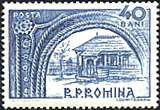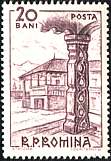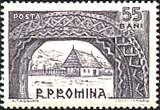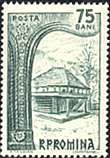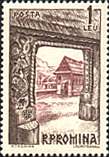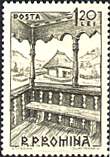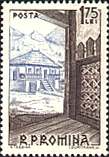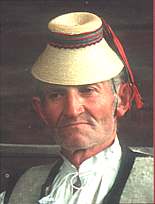 |
|
|
| VILLAGE MUSEUM | ||
| AND PEASANT HOUSES | ||
Rural life and civilization played a significant part in Romania's past history. In the first centuries AD, the Roman colonization had a rural character and, before the first half of the current century, most of Romania's population lived in a village environment. Farming and village communities were organized in order to cover all everyday demands. Clothes were home-made as well as different tools.
|
|
The Village Museum is the major attraction of the cultural tourism in Bucharest, the capital of Romania. A creation of sociologist Dimitrie Gusti in 1936, the outdoors museum located in northern Bucharest, on the Herastrau lake shore, with verdure and lakes all around, displays, on the 30 hectares it covers 70 exhibits of households, churches and traditional techniques and devices (water and windmills, oil presses, etc) from all the country's provinces.
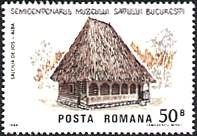 |
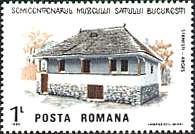 |
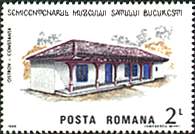 |
The originality of the folk creation, the sensibility and care for the beauty of the rural people is shown in the objects found inside their households - carpets, pottery, rugs, icons, furniture.
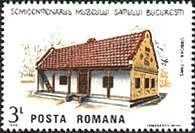 |
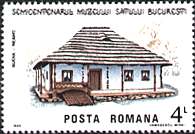 |
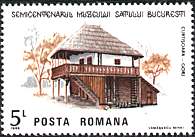 |
To build up the Village Museum, which Dimitrie Gusti used to call "the very chime of the Romanian nation's anonymous past", the houses were dismantled piece by piece, transported by cart, train, boat etc, and then restored in Bucharest on the Herastrau Lake bank. The oldest houses date from the 17th century, but most of them were built in the 19th century.
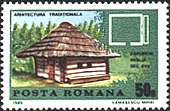 |
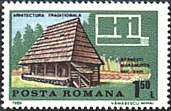 |
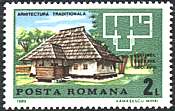 |
Houses coming from hill and mountain regions are easy to identify by the raised groundwork (hosting the cellar) unlike plain field houses with their low foundation. Houses from frequently invaded regions are half-buried in the earth. Usually, slant roofs preventing snow stacks indicate northern or mountain areas.
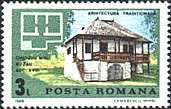 |
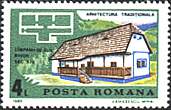 |
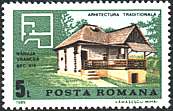 |
Museum's Address: 28, Kiseleff Boulevard, zip code 71 321. Telephone: +40 (1) 617 17 32, +40 (1) 617 59 29 Fax: +40 (1) 312 90 68 Visiting hours: Monday: 9:00 - 17:00, Tuesday - Sunday: 9:00 - 17:00 (Oct - May), 9:00 - 20:00 (May - Oct).
The three sets shown above present peasant houses from Romania. The first set was issued on Dec.25, 1963, Scott 1590 - 1596. The second set was issued in July 21, 1986 and commemorates the 50th anniversary of the Open Air Museum of Historic Dwellings in Bucharest, Scott 3387 - 3392. The third set was issued on Feb. 8, 1989 and present the architecture of Romanian peasants houses. Please move the mouse index over the stamps for more information about the individual stamps.
| Published:
06/19/01. Revised: 09/10/01
. Copyright © 2001 by Victor Manta, Switzerland. All rights reserved in all countries. |

